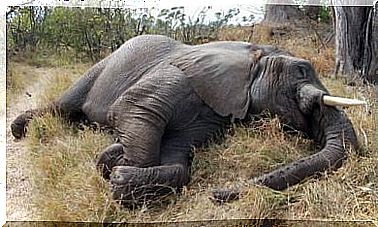The Swine Respiratory Complex: A Serious Disease Of Pigs
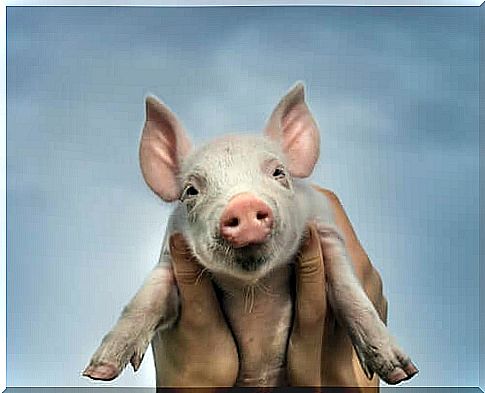
In Italy, the pig sector is one of the most important linked to breeding, in terms of sales as well as production. For this reason, the study of the diseases affecting these animals takes on such great importance. Among these, it is important to point out the porcine respiratory complex.
Some information on the pig respiratory complex
Since the twentieth century, we know that many infectious diseases are not caused by a single microorganism, and we therefore speak of multifactorial complexes. Within the porcine species, one of the most relevant polymicrobial diseases is represented by the porcine respiratory complex (from now on, CRS), which includes:
- PRRS virus, swine respiratory and reproductive syndrome
- Aujeszky’s disease
- The flu virus
- Porcine respiratory coronavirus
- The circovirus
- Mycoplasma spp .
- Bordetella spp ., Pasteurella spp. …
- Haemophilus spp ., Streptococcus spp., Escherichia coli …
There are a number of pathogenetic mechanisms that favor this type of disease, such as:
- The synergies of the different agents.
- Blockade of the immune system.
- Alterations of the respiratory mucosa.
- The metabolic, physiological and physical alterations.
- The release of inflammatory components that increase the severity of the disease.
Description of the porcine respiratory complex
This disease represents one of the most complex clinical pictures with the greatest negative repercussions in pig farming.
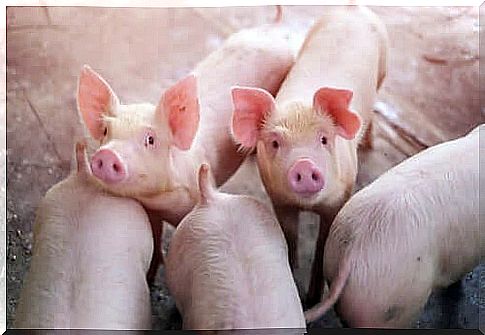
It is a very frequent pathology in intensive pig farms, although it is also present, to a lesser extent, in extensive farms. It causes considerable economic losses, which derive from the delay in the weight gain of the animals and the multiple needs posed by killing.
Primary pathogens
Inside the CRS there are primary pathogens, capable of altering the defense mechanisms and establishing themselves in the swine host. If they are the only pathogens involved in the development of the disease, it is generally short-lived.
The problem is the complications that develop following the presence of secondary or opportunistic pathogens. This phenomenon generates much greater economic losses.
Opportunistic pathogens
The other pathogens are considered “opportunists” because they take advantage of the virulent factors of the primary ones to in turn trigger a disease.
Depending on the interactions and the complexity of the process, some microorganisms may behave as “primary” agents or as “opportunists”. Others, on the other hand, are unequivocally linked to only one of the two categories.
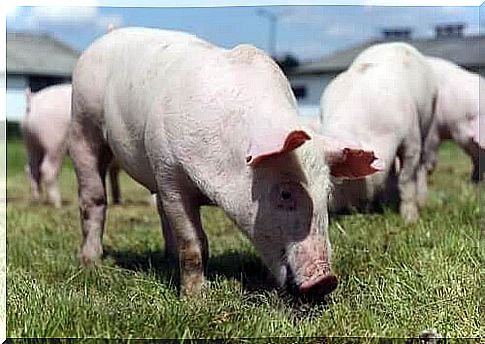
The evolution of the porcine respiratory complex
Over the past 30 years, pig farming has undergone substantial changes. We have gone from extensive production to a proliferation of intensive farms characterized by a large density of animals. This phenomenon favors the spread of respiratory diseases.
Factors favoring the onset of the disease
First, overcrowding, coupled with insufficient ventilation, becomes a powerful ally of stress. Added to this factor are, secondly, high levels of dust and ammonia, which generate a negative impact on the respiratory system of pigs.
Third, additional negative factors, such as the constant flow of animals, with the continuous arrival and departure of individuals, only accelerate the spread of disease. Furthermore, most respiratory pathogens are particularly pervasive: as a result, it becomes almost impossible to find groups of animals that are completely free of them.
Critical moments for the pig respiratory complex
Even when sanitary conditions are taken to the extreme, there are critical moments for the complex to appear. For example, in the period in which maternal immunity declines, after weaning, when suckling pigs are more prone to being infected.
In turn, diseases can enter through vectors, new animals or wild animals, or through the farm’s own production staff.
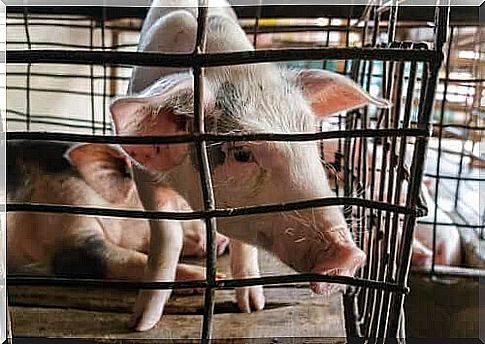
Conclusion
In conclusion, the multifactorial etiology of CRS can vary not only from country to country, but also between different production systems. Furthermore, within the same farm, it can undergo variations over time. As a result, his study, however necessary, becomes highly complex.






